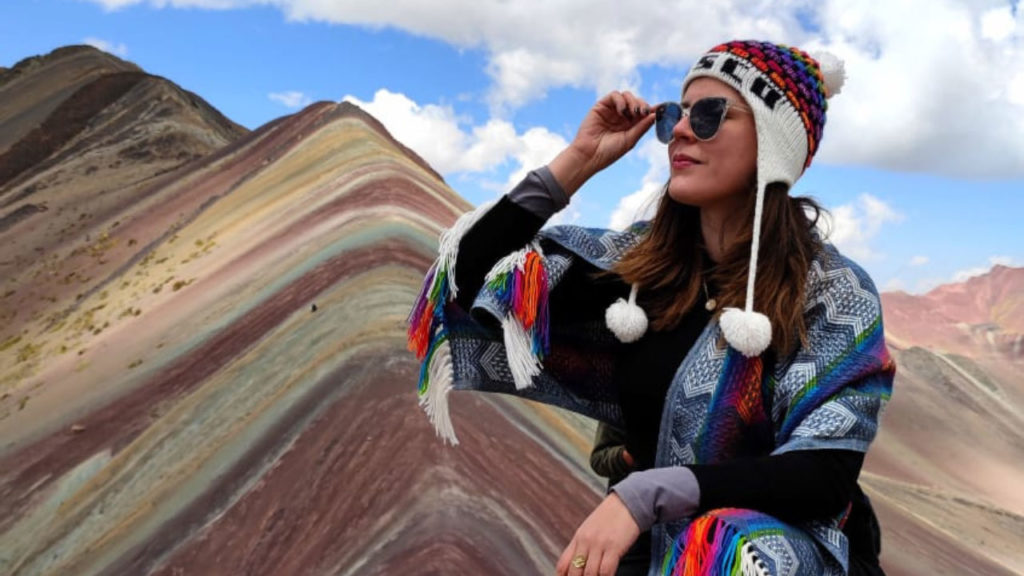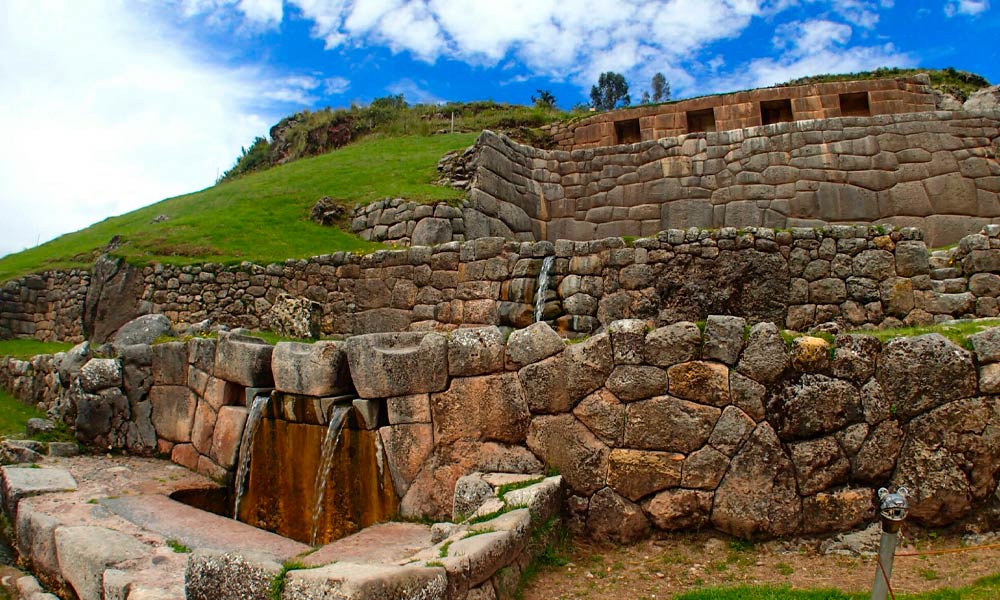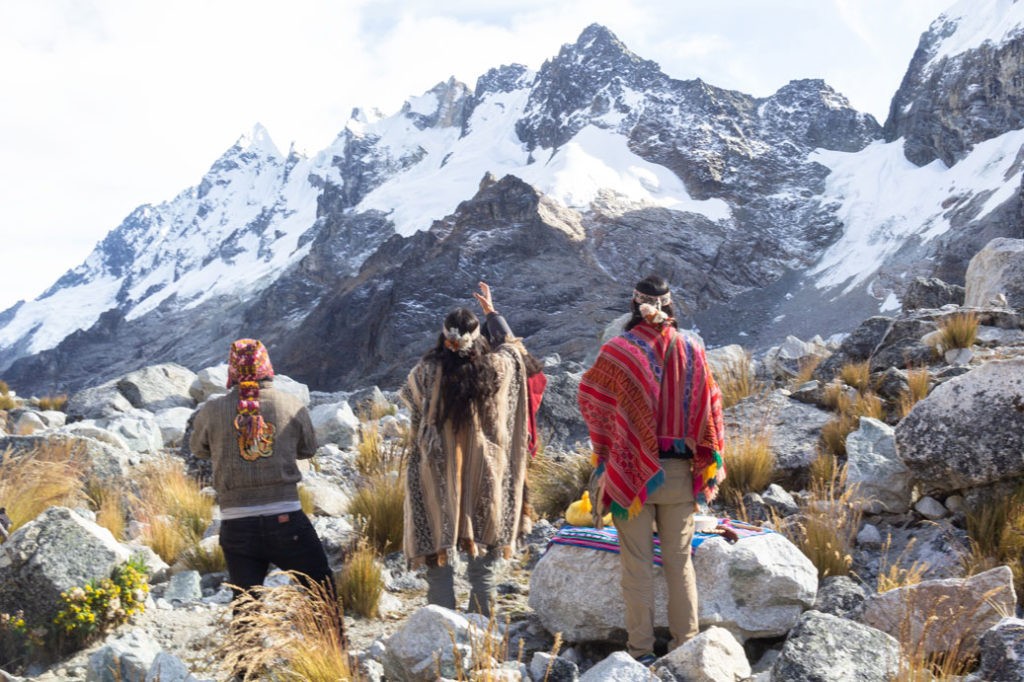Rainbow Mountain, also known as “Vinicunca or seven color mountain”, has captured the attention of adventurers and nature lovers from around the world. Located in the Cusco region of Peru, this natural wonder offers a unique experience that combines stunning landscapes, local culture, and a challenging hike. In this comprehensive guide, I’ll take you on an informative journey to discover everything you need to know before visiting Rainbow Mountain.
Rainbow Mountain is a stunning geological spectacle, with layers of colorful minerals that have formed over millions of years. The result is a mountain that appears to have been hand-painted with a palette of vibrant colors: red, green, yellow, and more, creating a landscape that seems like something out of a dream.
Another hike with impressive landscapes that you can do in Cusco is the Inca Trail to Machu Picchu is not just a hike; it’s a transformative journey that leads to the heart of an ancient civilization and one of the most iconic archaeological sites in the world. This legendary trail, known as “Qhapaq Ñan” in Quechua, stretches approximately 26 miles through the Peruvian Andes, offering hikers a unique opportunity to step back in time and explore the remnants of an empire that thrived over 500 years ago.
Location and Access
Rainbow Mountain, also known as Vinicunca, is nestled in the heart of the Vilcanota mountain range, an awe-inspiring natural wonder located in close proximity to the captivating city of Cusco, Peru. To embark on this remarkable adventure, your journey commences with a scenic drive from the charming city of Cusco to the quaint community of Pitumarca.
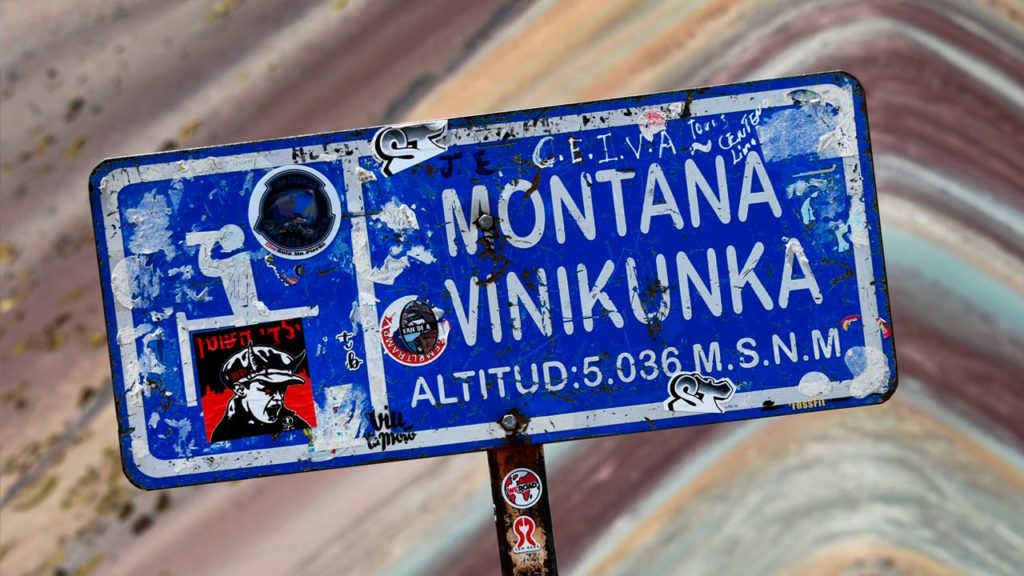
It’s worth noting that altitude plays a pivotal role in this adventure. Rainbow Mountain soars to over 5,000 meters above sea level, a significant elevation that can affect even the most seasoned travelers. As such, it’s crucial to acclimatize in Cusco for at least a couple of days before embarking on the hike. This allows your body to adjust to the thinner air, reducing the risk of altitude-related discomfort.
The trek to Rainbow Mountain promises not only breathtaking vistas but also a profound connection to the natural world. It’s a journey that offers an intimate understanding of the Andean terrain, from the lush lower valleys to the stark, high-altitude landscapes that house this geological masterpiece. So, prepare your spirit for a transformative experience, as Rainbow Mountain beckons you to explore its captivating realm.
Physical Preparation and Altitude
The issue of altitude is not one to be taken lightly when visiting Rainbow Mountain. Cusco, the stunning city that serves as the gateway to this natural wonder, rests at a high elevation itself. To acclimate properly, it’s advisable to spend at least a couple of days in Cusco before undertaking the Rainbow Mountain trek. This leisurely approach allows your body to gradually adapt to the reduced oxygen levels at high altitudes.
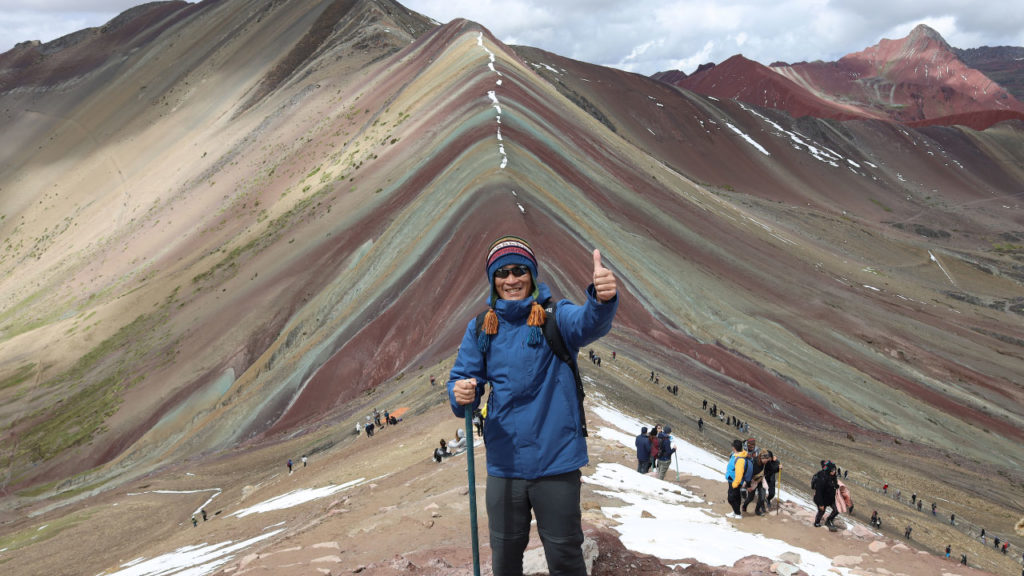
For those who are especially concerned about altitude-related issues or have pre-existing medical conditions, consulting with a healthcare professional before your journey is advisable. They can provide personalized guidance, recommend suitable altitude sickness medications, and address any specific health concerns you may have. Your well-being is paramount, and a proactive approach to altitude acclimatization ensures that you’ll be better equipped to fully enjoy the breathtaking beauty and cultural richness of Rainbow Mountain and its surroundings
Climate and the Best Time to Visit
The ideal period to plan your visit to Rainbow Mountain aligns with the dry season, which spans from May to September in the Cusco region of Peru. Opting for this timeframe ensures a more favorable and predictable weather experience during your adventure. The May to September window presents the best opportunity to experience Rainbow Mountain in its full glory. During this time, you can revel in the natural beauty of the region, with a higher likelihood of clear skies and photogenic moments. Just remember to pack your warm layers, as the mornings can be brisk, ensuring your visit is as comfortable and memorable as possible.
Equipment and Preparation
The trek to Rainbow Mountain is an exhilarating adventure that demands a certain level of physical preparedness. To ensure a safe and enjoyable journey, it’s crucial to be well-prepared both physically and with the right gear.
First and foremost, your clothing and footwear are your allies on this challenging hike. Dress in layers to accommodate the ever-changing weather conditions that are typical of high-altitude regions. Start with a moisture-wicking base layer to keep sweat away from your skin, add an insulating layer to trap heat, and finish with a waterproof and windproof outer layer to shield yourself from the elements. A good pair of moisture-wicking hiking socks and sturdy, well-fitted hiking boots with ankle support are essential. The terrain varies from rocky paths to dirt trails, and reliable footwear will prevent discomfort and potential injuries.
By adequately preparing yourself and having the right gear, you’ll be better equipped to conquer the challenges of the Rainbow Mountain trek and fully appreciate the natural beauty and unique landscapes that await you. Remember, safety and comfort are paramount, so don’t skimp on the essentials.
Interaction with the Local Community
While embarking on your Rainbow Mountain adventure, you’ll find yourself in the company of the welcoming local community living in the vicinity. These communities have, over the years, become an integral part of the Rainbow Mountain experience. They offer services like horse rentals to assist visitors in making the ascent to this awe-inspiring natural wonder. Engaging with the local community can be a profound and enriching part of your journey. These encounters provide a unique window into their culture, traditions, and way of life. Many of the individuals you’ll meet have lived in these high-altitude regions for generations, preserving their ancient customs and practices. By interacting with them, you not only gain valuable insights into their world but also have the opportunity to forge meaningful connections.

Respect for their customs and environment is paramount. If you decide to use their services, such as renting horses for the ascent, ensure that the animals are well-treated and that the transaction is fair to both parties. Additionally, follow any guidelines or requests they may have regarding their land and property. These communities have a strong connection to the natural world and often practice sustainable farming and land management techniques. In essence, your interaction with the local community should be a two-way exchange, where you not only appreciate their culture but also contribute positively to their livelihoods. By doing so, you play a role in promoting responsible and sustainable tourism, benefiting both you and the communities that call this magnificent landscape home.
Sustainability and Conservation
The increasing popularity of Rainbow Mountain has brought both excitement and concerns about its sustainability and environmental impact. While this natural wonder has become a must-visit destination, it’s essential for all visitors to be responsible and mindful of the fragile ecosystem that surrounds it. To ensure the long-term preservation of Rainbow Mountain and its unique beauty, it’s crucial to adhere to the rules and regulations established by local authorities. These regulations are not intended to hinder your experience but rather to safeguard the environment and maintain its pristine condition. They may include guidelines on waste disposal, designated hiking trails, and responsible behavior.
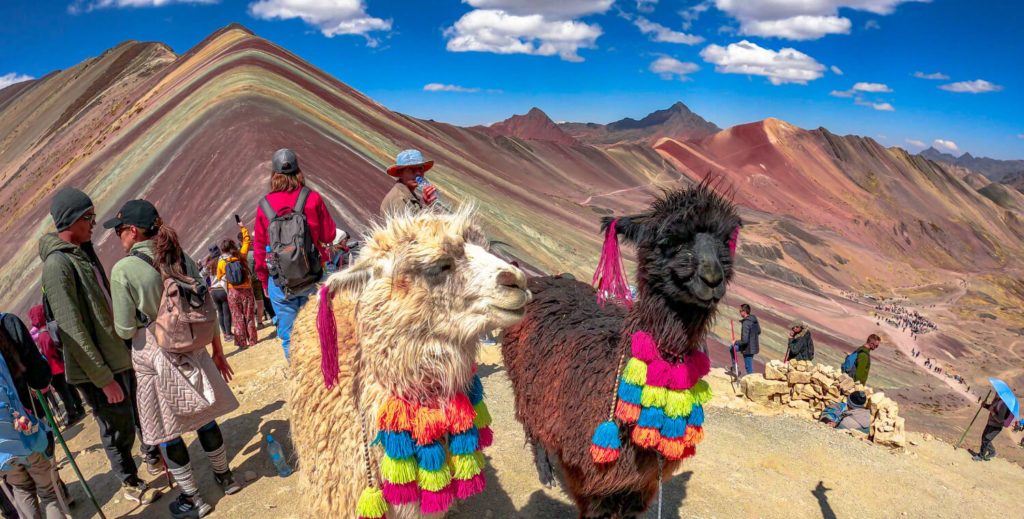
One of the most fundamental principles of responsible tourism is to leave no trace behind. This means taking all your trash with you, even if it’s biodegradable. In a high-altitude environment like Rainbow Mountain, decomposition is slow, and litter can have a lasting impact on the landscape. By disposing of your waste properly and responsibly, you contribute to the continued purity of this natural treasure. Respecting the natural environment goes beyond waste disposal. It also means avoiding any damage to plants, wildlife, or geological formations. Stay on designated trails and avoid trampling on fragile vegetation. Refrain from picking flowers or disturbing animals you may encounter during your hike. Remember that Rainbow Mountain is not only a geological marvel but also a habitat for various species, and your presence should have minimal impact.
The Reward at the Summit
When you reach the summit of Rainbow Mountain, take your time to soak in the breathtaking panoramic views. The vibrant colors of the mountain, set against the backdrop of the Andes, create a once-in-a-lifetime spectacle. Capture the moment, but also remember to appreciate the natural beauty with your own eyes.
A trip to Rainbow Mountain is an incredible adventure that combines natural beauty with cultural immersion. By following these tips and being well-prepared, you can make the most of your visit to this awe-inspiring destination in the Peruvian Andes.
The Return and Reflection
After enjoying the views at the summit, you’ll begin the descent back to the base. This downhill hike can be just as challenging, so make sure you have enough energy and take care while descending. Upon returning to the community of Pitumarca, you can enjoy a local meal and reflect on this once-in-a-lifetime adventure.
Rainbow Mountain is a natural treasure worth exploring, but it’s essential to do so consciously and respectfully. With proper preparation and respect for the environment and the local community, this experience can enrich your journey and leave you with unforgettable memories of the beauty of nature and Andean culture. Enjoy your trip to this marvel of the Peruvian Andes!

